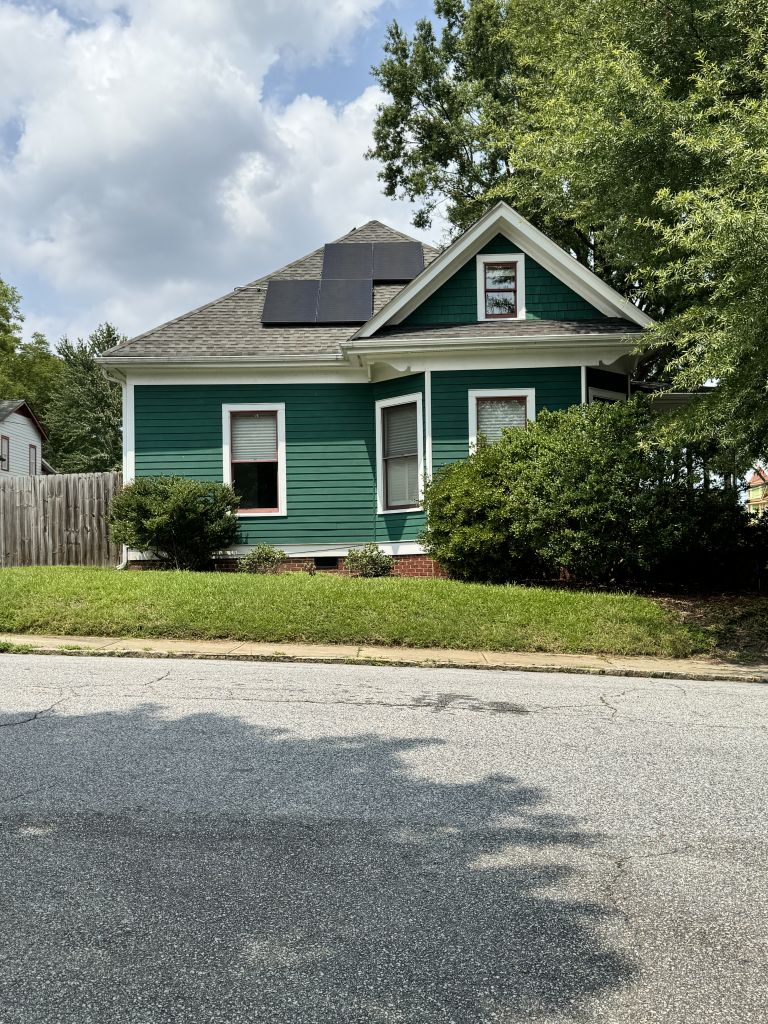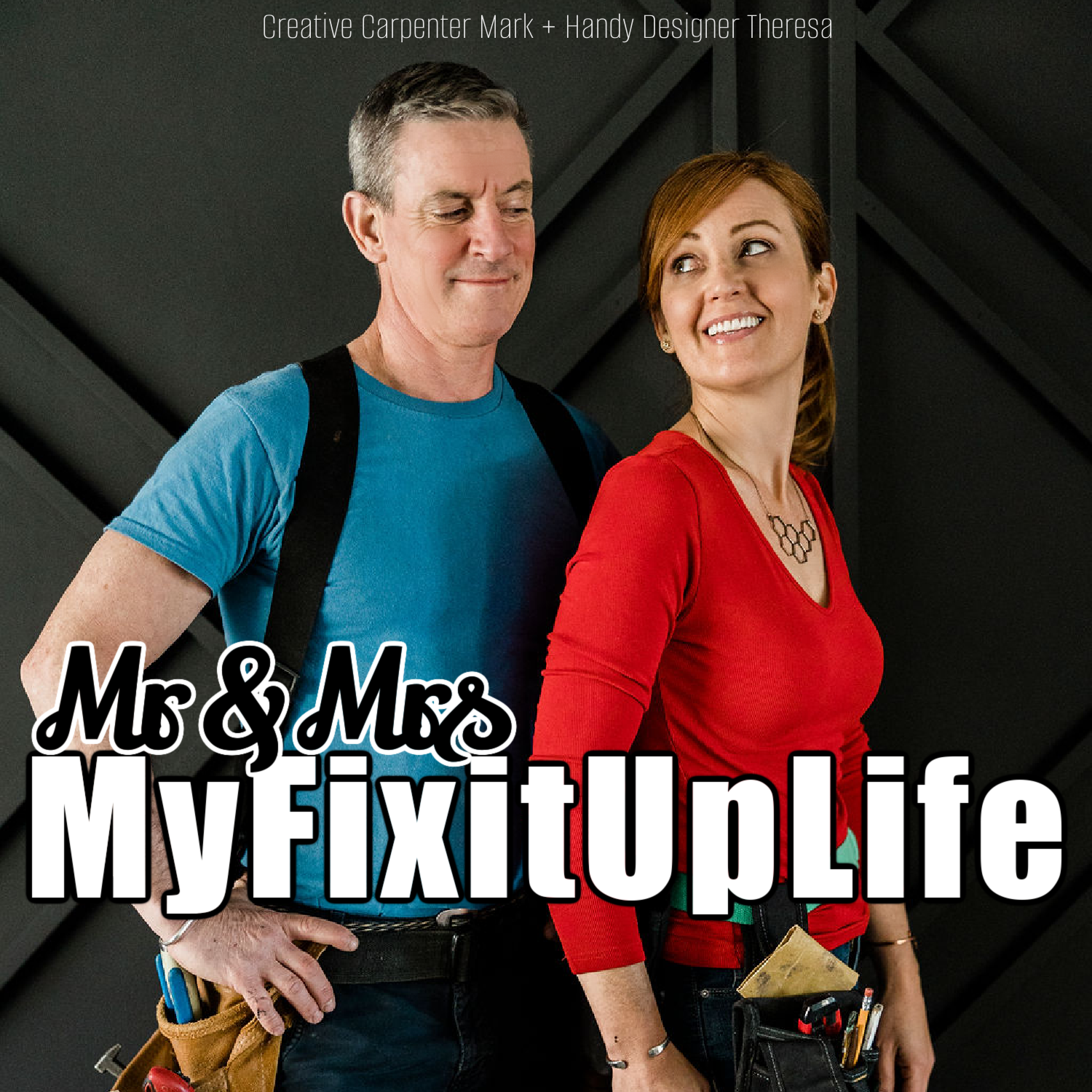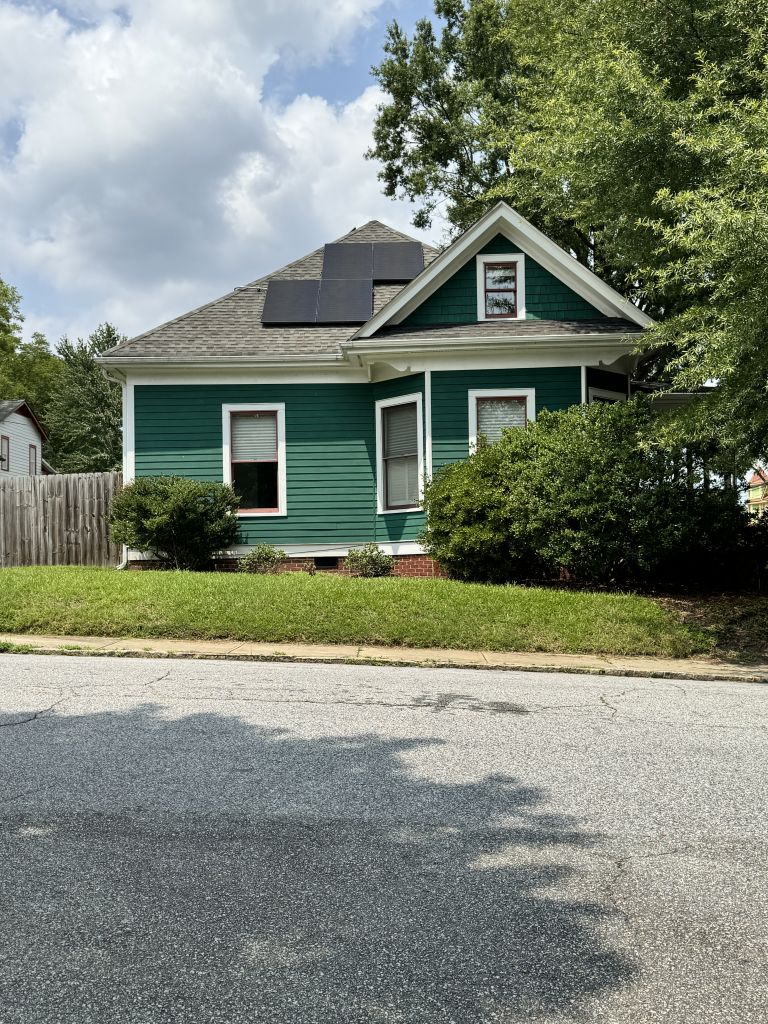
House flipping is not for everyone. While it offers the allure of significant profits, it also presents a range of challenges that can derail even the most well-planned person. Unexpected costs, financing struggles, and market fluctuations are just a few of the challenging issues that can arise. If you want to flip a house, it’s essential to understand how to maximize profits effectively to cover your costs and achieve your financial goals.
Is House Flipping Still Profitable?
Flipping houses often involves more than just buying low and selling high. Hidden and unexpected costs can quickly eat into your potential profits. These can range from minor repairs that escalate into major projects to unforeseen expensive structural issues that require immediate attention.
Despite the myriad challenges that come with house flipping, it remains a profitable venture for many investors. In 2023, the average return on investment (ROI) for house flipping stood at an impressive 27.5 percent, with an average gross profit of $66,000 per flip. These figures indicate a healthy potential for profit, but the success of a flip can vary significantly depending on various factors. However, profitability isn’t uniform across all locations. Certain areas offer higher returns than others; for example, houses flipped in Scranton/Wilkes-Barre/Hazleton, PA, netted an astounding average ROI of 112.5 percent.
To flip a house with maximum profits, it’s crucial to focus on elements that drive high returns. Location is a critical factor, but other elements like the timing of purchase and sale, the scope and quality of renovations, your skill set and access to inexpensive high-quality materials, and market trends also play significant roles. Identifying undervalued properties in high-demand areas, managing renovation costs efficiently, and understanding local market dynamics are essential strategies for ensuring a profitable flip.
Additionally, stay updated with real estate trends and adjust strategies accordingly. By considering these aspects and making informed decisions, investors can navigate the complexities of house flipping and achieve substantial financial gains.
About 8.1 percent of all home sales in 2023 were flips.
Essential Repairs Must Be Completed
Before diving into profit-boosting projects, it’s imperative to address essential repairs that ensure the house is safe and habitable. These repairs are not just about making the property look good; they are about ensuring the house meets basic living standards and building codes. Essential repairs can include fixing the roof, repairing or replacing plumbing and electrical systems, addressing foundation issues, and ensuring the HVAC system is operational. For instance, a leaky roof can lead to water damage and mold, which can deter buyers and reduce the home’s value significantly.
A house with unresolved safety and structural issues will likely sell at a lower price, which undermines your profit potential. Buyers are often wary of properties with major repair needs, as these issues can suggest deeper, more costly problems. Therefore, it’s vital to complete these repairs first, ensuring the house is in a sellable condition before moving on to projects that will enhance its value. Moreover, addressing these repairs early in the process can prevent more significant problems down the line, saving time and money. By prioritizing essential repairs, you lay a solid foundation for a successful flip, making it possible to focus on other enhancements that will attract buyers and maximize your profits.
Pay Attention to the Kitchen During a House Flip
A kitchen remodel is one of the most effective ways to boost the value of a house flip and attract home buyers. Since the kitchen is often considered the heart of the home, potential buyers are willing to pay a premium for modern appliances in a functional and stylish kitchen. A well-executed kitchen remodel can transform an outdated space into a gem that appeals to a broad range of buyers.
To ensure you don’t overspend, consider cost-effective improvements that offer a high return on investment. Instead of a complete overhaul, you can focus on updating key elements like painting cabinets and walls, retiling backsplashes, and replacing outdated fixtures and appliances. These changes can significantly enhance the kitchen’s appearance without the high costs associated with gutting the space and starting from scratch. Additionally, bringing in new budget-friendly appliances can modernize the kitchen without breaking the bank. Stainless steel appliances, for instance, are still popular with buyers and can be found at various price points. Black is also trending as a popular color, too.
It’s important to be mindful of the kitchen’s layout and functionality. Adding features like a kitchen island or extra storage can increase the kitchen’s appeal. While it might be tempting to undertake these projects yourself, hiring a professional is advisable unless you have substantial DIY experience. Mistakes in the kitchen can be costly and time-consuming to fix, potentially delaying your project and reducing your profit margins when you flip a house.
Prioritize the Bathroom
Bathroom remodeling is another strategic project that can significantly boost the value of a house flip. A modern, updated bathroom is highly appealing to potential buyers, as it offers a sense of luxury and comfort. (And the reassurance that it won’t need to be remodeled soon.) Just like the kitchen, bathrooms are essential spaces that can make or break a deal for many buyers. A well-executed bathroom remodel can transform an outdated or dingy bathroom into a clean, stylish space that adds considerable appeal to the property.
To ensure you recoup the cost of your bathroom remodel, focus on essential aspects such as painting walls, updating the faucet, improving lighting, and installing new cabinet or door hardware and hooks. Modern fixtures, efficient water-saving toilets, and elegant tiles can make a big difference. Replacing an old bathtub with a new shower can also appeal to many buyers, especially if it creates a more spacious and modern look. Heated floors in a small bathroom or towel racks can add a touch of luxury and comfort without excessive cost.
The decision to DIY or hire professionals depends on your skills and the complexity of the project. Simple tasks like painting or installing new fixtures can be handled by experienced DIYers. However, more complex tasks, such as plumbing or electrical work, should be left to professionals to ensure safety and compliance with building codes. Mistakes in these areas can be costly and can lead to delays in your project timeline.
Consider Curb Appeal When You Flip a House
Curb appeal refers to how attractive a house looks from the street curb. It’s the first impression many potential buyers get, and a good one can significantly boost its appeal. Simple, cost-effective improvements can enhance curb appeal without breaking the bank.
Focus on maintaining a neat lawn, painting the facade, and decorating the entryway or porch. Adding flowers, cleaning walkways, and updating the mailbox can also make a big difference. Many curb appeal projects are suitable for DIY, even for amateurs, as they often don’t require specialized skills but have a high impact on the property’s attractiveness.
Interior Painting Can Make a Space Feel Newer
Interior painting is one of the quickest and more cost-effective ways to increase a house’s value. Freshly painted walls give the home a clean, updated look that appeals to buyers. Choosing the right colors when you flip a house is crucial. If you are want to appeal to a large variety of buyers, stick to neutral tones like whites, grays, and beiges. If you are targeting a specific demographic, do a little research on social media to see what types of interior colors are trending with that type of buyer. Plus, interior painting is suitable for many DIYers.
Staging a House Flip for Sale
Furniture can be expensive, so consider renting furniture instead of buying pieces to stage when you flip a house. There are a variety of companies online that offer furnishings in current styles for monthly fees. If you plan to flip a house, and then flip another and turn it into a home flipping business, you might want to invest in classic furniture styles and a storage unit. Over time, this can save you money and time sourcing rental furniture.
Final Flip a House Thoughts
Maximizing profits in house flipping involves strategic planning and smart investments. While the challenges are significant, the potential for substantial returns makes it an attractive option for those looking to build a comprehensive real estate investment portfolio. Since the real estate market can be unpredictable, it’s helpful to have a game plan for allocating resources and focus on essential repairs, strategic remodeling projects, and enhancing curb appeal.
For those with an eye for real estate, a willingness to tackle challenges, and a strategic approach to budgeting, house flipping can be a lucrative endeavor.

